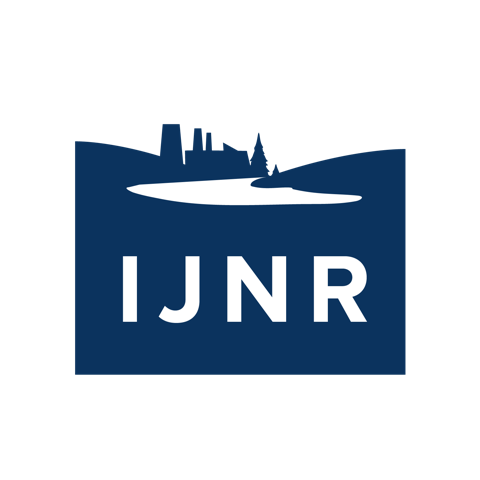Day 2: Agriculture, Clean Water and Algae
Feeding the World and Feeding Algae: Can Modern Ag and Clean Water Coexist?
No human pursuit has had bigger water quality implications than agriculture. As the way we grow food industrialized, more and more sediment and nutrients, in the form of phosphorus and nitrogen-based fertilizers, have left the farm and ended up in our waterways. This non-point source pollution has proven to be much more difficult to curb than the “single-point” polluting pipes of industry that were the first targets of the Clean Water Act. Nowhere are the consequences of ag runoff more apparent than where the Maumee River, which drains 8,316 square miles of Ohio, Indiana and Michigan, flows into Lake Erie. The river carries fertilizers from farms into the lake, where they are just as good at growing algae as corn and soybeans. The group met with experts to talk about the science behind algae blooms, the major water quality concerns they raise, and efforts to change how modern ag is done so that soil and nutrients stay out of our waterways and on the farm.
Toledo’s Toxic Mess: Keeping Algae Out of the Water Supply
In the summer of 2014, Toledo made the headlines for all the wrong reasons. A mass of toxic algae drifted so far out into Lake Erie that it reached the city’s drinking water intake pipes three miles off shore. The algae produced a neurotoxin called Microcystin far exceeding safe levels and forcing the city to issue a “Do Not Drink” order for half a million residents. The episode thrust Lake Erie’s long struggles with algae into the limelight, a problem that, besides threatening water supplies, results in the annual “Dead Zone” in the bottom of the lake and makes swimming and boating far less pleasant in the later days of summer. The group toured Toledo’s Drinking Water Plant and talked with the plant manger, city officials and scientists about how they’re planning for the next bloom and efforts to reduce runoff upstream that ends up being a headache for downstream communities.
